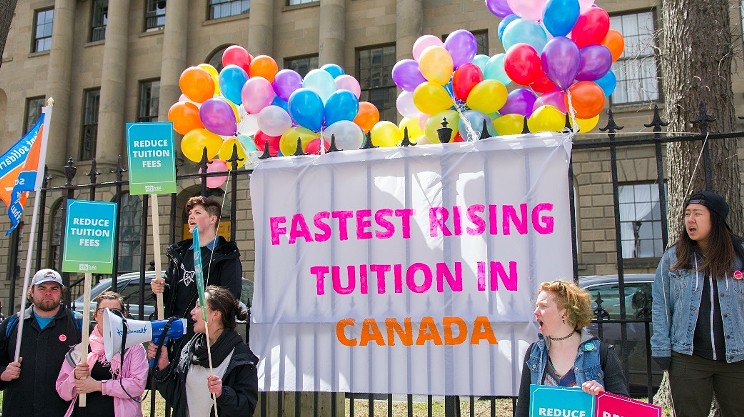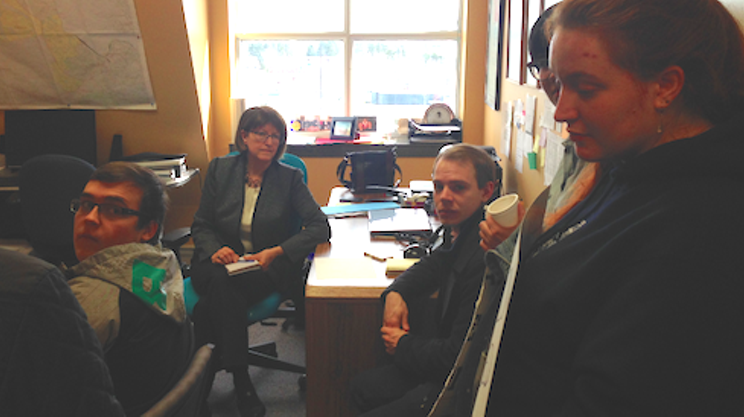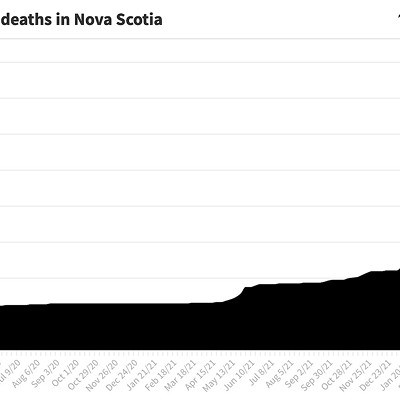
It just became more expensive to be an arts student in Halifax. The Nova Scotia College of Art and Design has approved a three-year tuition increase for students.
Combined with NSCAD’s annual three percent cost-of-living increase, undergraduate tuition could rise as much as 36 percent by 2018. A press release from NSCAD’s board of governors states the adjustment will be phased in over the next three years, and increases tuition only for full-time students taking five classes or more per semester. The board states it will affect 38 percent of the current student body. Graduate students will also see a 30 percent tuition increase to $8,270 per year.
“To be clear, NSCAD’s tuition is currently the lowest among all other Nova Scotia universities,” writes board chair Jeff Somerville in the release. “Absolutely none of the increases are in the double digits. And after the adjustments, phased in over three years, NSCAD’s tuition will be neither the highest, nor will it be the lowest.”
According to CBC’s numbers, the average NSCAD undergraduate currently pays between $6,000 and $7,000 annually. Students at Emily Carr University in Vancouver, for comparison, pay around $5,000 a year.
Student Union president Gabriel Soligo says today’s decision is extremely disheartening.
“This is disappointing because it permeates the system of austerity that is being put on the post-secondary system by the Liberal government,” Soligo says. “We expect more from the administration who we continue to choose to employ.”
In a Facebook post, SUNSCAD writes that the tuition increase isn’t a “true path” to financial sustainability and “merely perpetuates the status quo.”
The current tuition model resulted in approximately 600 unfilled courses and lost $400,000 a year, according to NSCAD’s Q&A on the adjustment.
The fine arts school has faced numerous financial challenges in recent years due to decreases in tuition and provincial funding, and is currently $13 million in debt. Earlier in 2015, NSCAD laid-off 16 staffers to ease financial burdens and announced it would vacate its historic Granville Street campus rather than face $25 million in renovation costs. Today’s release states the university is on track for a balanced budget in 2016.
But Soligo says restoring provincial funding to the post-secondary system is a better solution than shifting the financial burden onto students.
“Education as it stands is incredible expensive and unaffordable...any kind of increase is just an egregious, exclusive effort.”
About 100 NSCAD students protested the proposed market adjustment at a board of governors meeting on November 26, delaying any vote on the matter. Last week students waited for hours to meet with NSCAD president Dianne Taylor-Gearing about the changes, to little effect. Protesting students also began filling out forms to drop classes last Thursday, causing the university to go on lockdown and ban all media and members of the public.
As an email vote is apparently permissible, NSCAD’s board instead chose to e-vote their decision on the increase. By an overwhelming majority, the adjustment was approved. Soligo, who is on the board as a SUNSCAD representative, was one of the dissenting votes.
“From a moral issue, it is unfortunate this wasn’t able to be debated in person.”
Nova Scotia’s universities haven’t been able to issue any non-regulated tuition changes since 2007. This year’s provincial budget allowed for a one-time market adjustment, which hasn’t gone over well with students.
Several other “market adjustments” made by local universities have been decried by their respective student unions. Soligo says SUNSCAD will continue working with other schools and their student bodies to oppose the increases.
“We’re really standing with those people who are going through a similar process right now...This is just our story in a greater whole.”
















